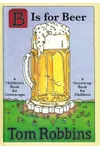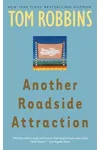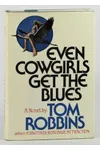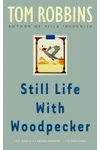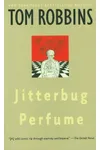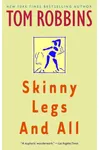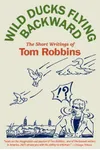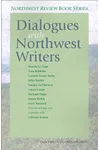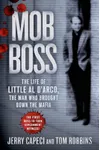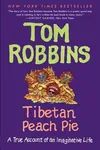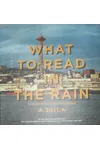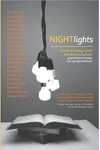Picture an American storyteller who spins tales as wild as a psychedelic road trip—meet Tom Robbins! Born in 1932, this literary maverick has charmed readers with his irreverent humor, philosophical musings, and vibrant prose. From the quirky romance of Still Life With Woodpecker to the free-spirited romp of Even Cowgirls Get the Blues, Robbins’s novels are a celebration of individuality and imagination.
With eight novels that blend comedy, drama, and a dash of mysticism, Robbins has carved a unique niche in American literature. His work, often described as a love letter to the counterculture, invites readers to question conventions and embrace life’s absurdities. Ready to dive into the world of a writer who once called himself a 'cosmic cheerleader'? Let’s explore!
The Making of Tom Robbins
Thomas Eugene Robbins was born on July 22, 1932, in Blowing Rock, North Carolina. Raised in a small Southern town, he developed an early love for storytelling, fueled by comic books and the Bible’s vivid imagery. After studying journalism at Washington and Lee University, Robbins drifted through various jobs—newspaper reporter, art critic, even a stint in the Air Force—before landing in Seattle in the 1960s. There, amid the vibrant counterculture, he found his voice as a novelist.
His first novel, Another Roadside Attraction (1971), emerged from this free-spirited era, blending satire and spirituality. Robbins’s eclectic influences—Zen philosophy, Native American folklore, and Beat poets—shaped his unconventional path. He wasn’t just writing books; he was crafting experiences that challenged readers to rethink the world.
Tom Robbins’s Unforgettable Stories
Robbins’s novels are like literary kaleidoscopes—colorful, unpredictable, and full of surprises. His breakthrough, Even Cowgirls Get the Blues (1976), follows Sissy Hankshaw, a hitchhiking heroine with oversized thumbs, on a journey of self-discovery. Its blend of humor and heart made it a cult classic, later adapted into a 1993 film. Still Life With Woodpecker (1980) is a quirky love story between a princess and an outlaw, wrapped in meditations on freedom and redheads. Robbins’s playful prose shines here, with lines that dance off the page.
Other gems include Jitterbug Perfume (1984), a sprawling tale of immortality and beets, and Fierce Invalids Home from Hot Climates (2000), which follows a CIA operative with a penchant for tantric sex. Robbins’s style is unmistakable: lush metaphors, philosophical tangents, and a knack for making the absurd feel profound. His themes—individuality, spirituality, and the clash of chaos and order—resonate across generations.
Unlike traditional novelists, Robbins doesn’t shy away from breaking the fourth wall or tossing in quirky asides. His work feels like a conversation with a witty, slightly eccentric friend who’s seen the universe and brought back stories to share.
Why Tom Robbins Matters
Tom Robbins’s impact on American literature lies in his fearless originality. Named one of the top 100 writers of the 20th century by Writer’s Digest, he’s inspired authors and readers to embrace their quirks and challenge societal norms. His novels, steeped in the spirit of the 1960s counterculture, remain timeless for their celebration of freedom and imagination. Robbins didn’t just write books; he sparked a mindset that encourages living boldly and authentically.
His influence extends beyond literature, popping up in pop culture and inspiring artists who admire his blend of humor and wisdom. For readers, Robbins’s work is a reminder that life is too short for conformity—why not dance to your own beat?
About Tom Robbins
- Born: July 22, 1932, in Blowing Rock, North Carolina
- Key Works: Even Cowgirls Get the Blues, Still Life With Woodpecker, Jitterbug Perfume
- Style: Playful, philosophical, and richly metaphorical
- Fun Fact: Robbins once worked as a door-to-door vegetable peeler salesman!
Snag Still Life With Woodpecker or Jitterbug Perfume and dive into Tom Robbins’s whimsical world of comedy, philosophy, and unbridled joy!
